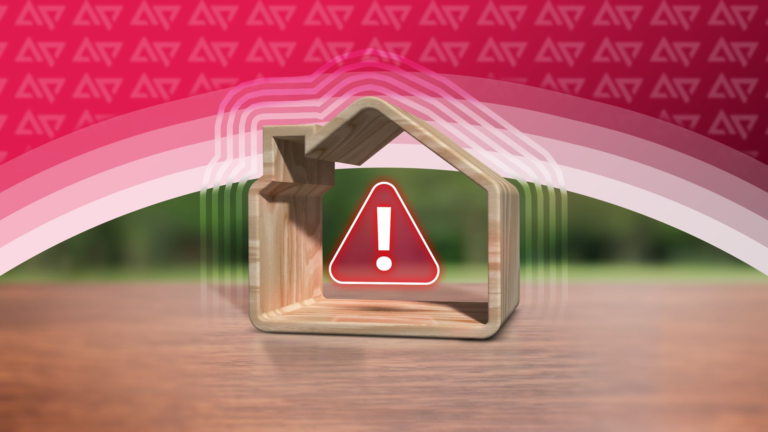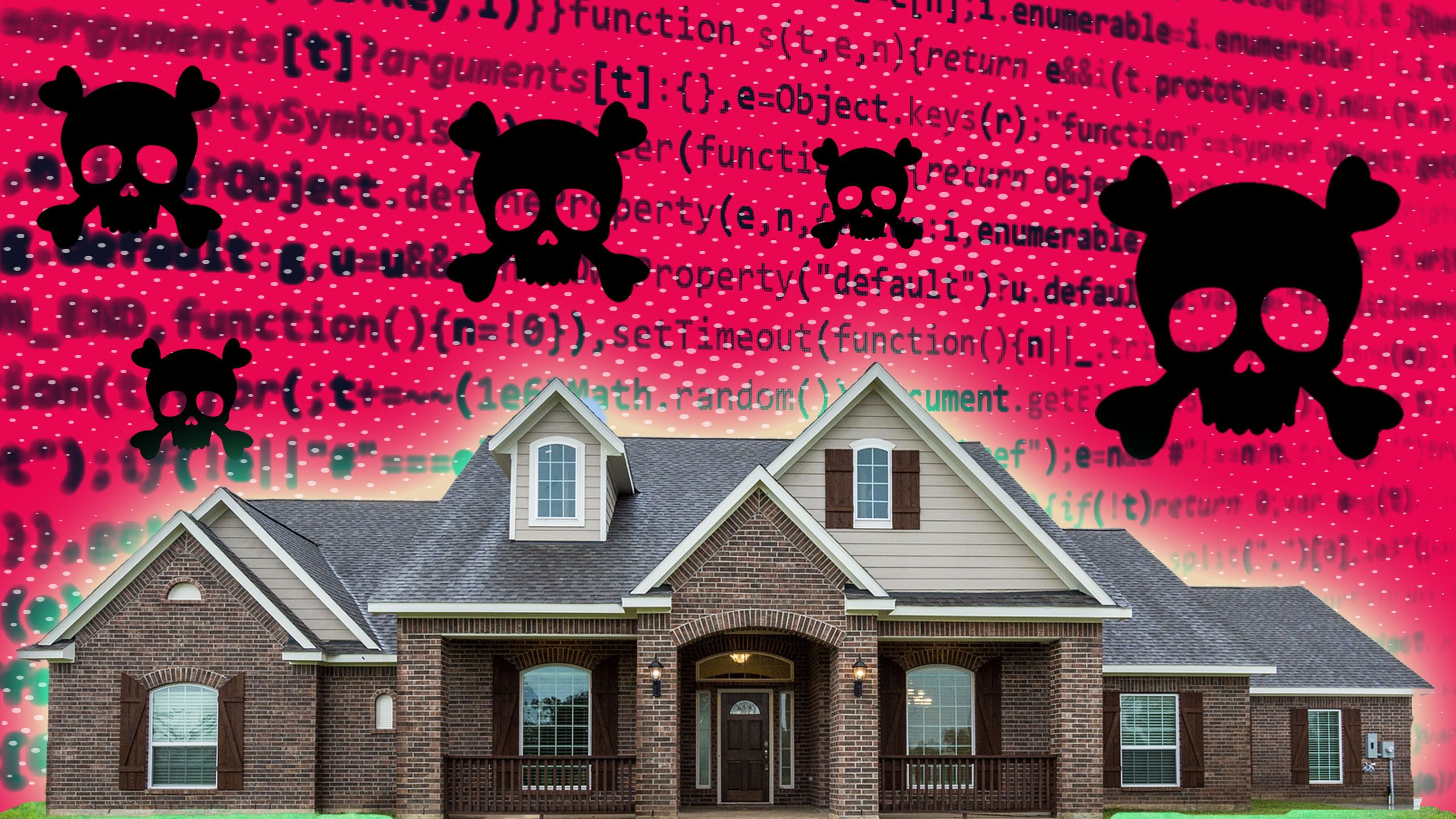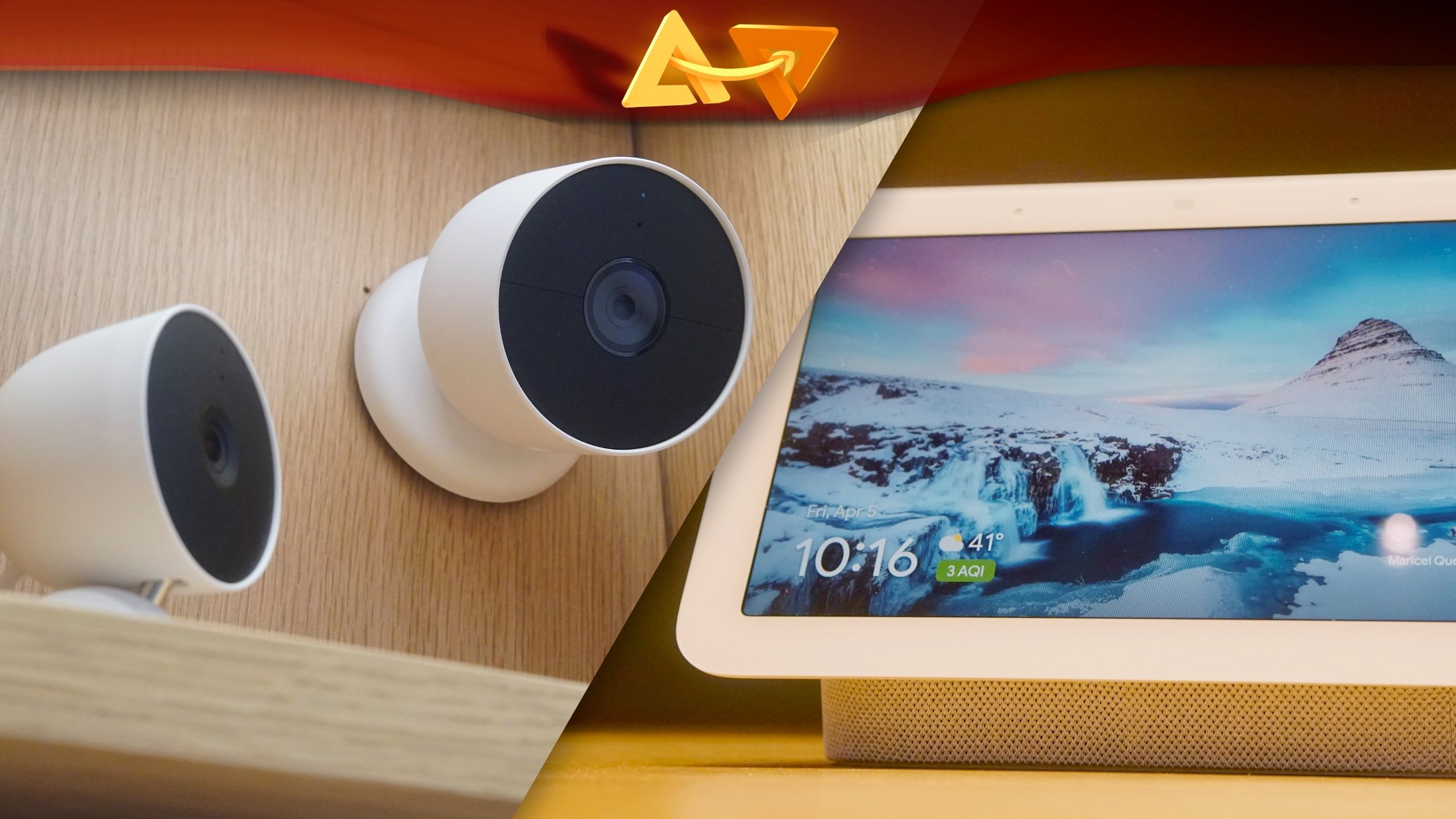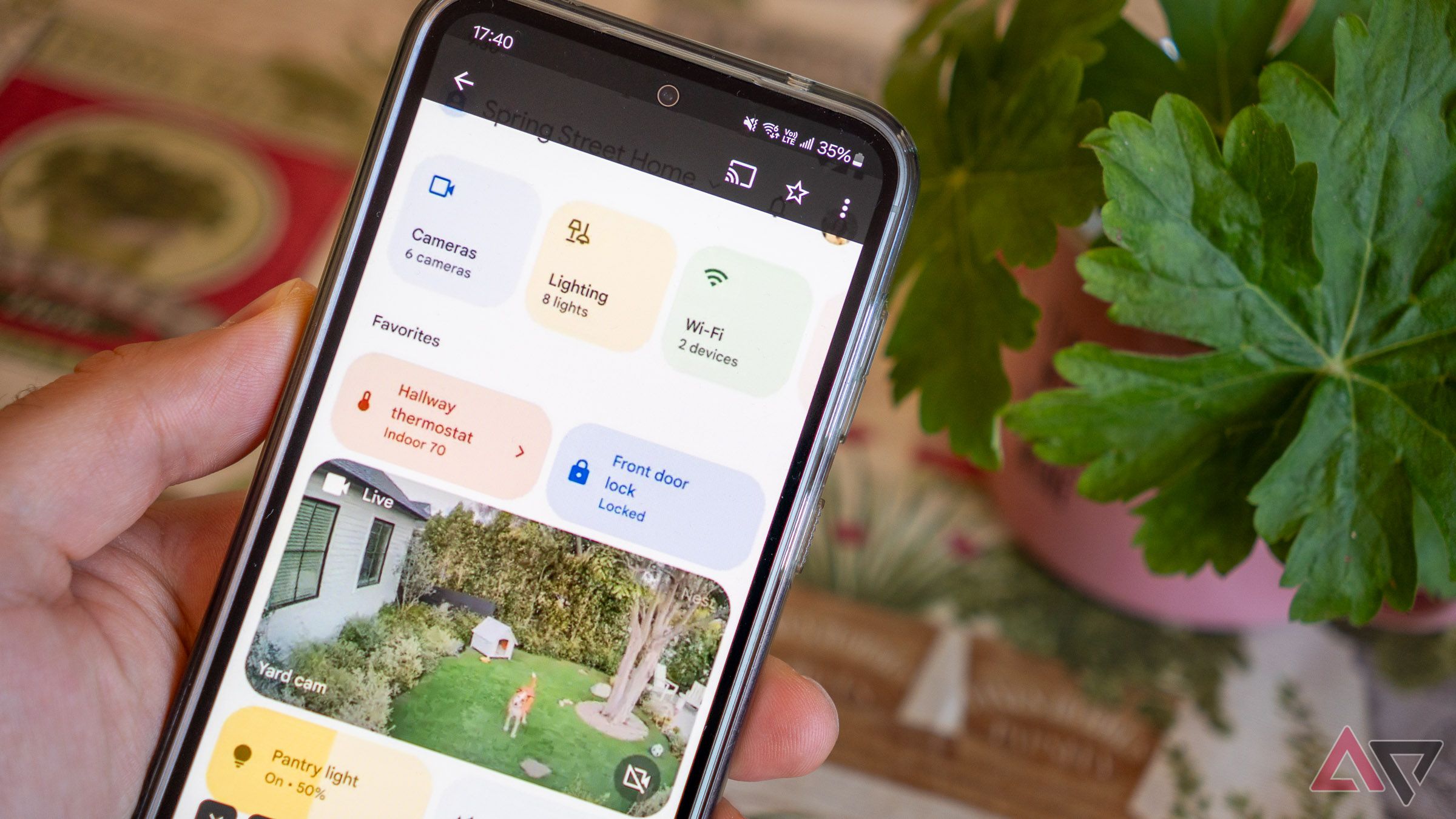Tech enthusiasts love to imagine a home where lights adjust automatically, the smart thermostat warms the house before your feet hit the floor, and a voice assistant reminds you of your first meeting. However, many who jump on the smart home bandwagon face a fragmented experience.
The disconnect between expectation and reality comes down to how we build our smart homes. I rebuilt my smart home around routines instead of gadgets. Here’s how it worked.
The problem with gadget-first thinking
Source: Fahrul Razi/unsplash, Vicznuts/pixabay
It’s tempting to buy smart gadgets on impulse. A new smart bulb goes on sale, a video doorbell promises security, and a new voice assistant debuts. Suddenly, you have a cart full of IoT devices.
The problem with this gadget-first thinking is that it’s like collecting random puzzle pieces from different boxes. Each device can do something independently.
Without planning integration, the smart home becomes disjointed. One app controls lights, another controls the thermostat, and a third manages the security camera.
This ad-hoc approach destroys the user experience. To escape this trap, we must put purpose before the product.
Routines do what gadgets alone can’t
If gadgets are the puzzle pieces, routines are the picture on the box. Routines are actions triggered by a single command or event, orchestrating multiple devices to work in sync. Think of your daily patterns. Waking up, leaving for work, coming home, and going to bed.
Routines automate everyday moments in a meaningful, user-centric way. They can be triggered by voice commands, scheduled times, or sensor activations.
Imagine a bedtime routine scheduled for 9:00 PM. The living room lights dim to signal wind-down, and the TV turns off if still on. A smart speaker plays ambient sounds or a sleep playlist. Multiple things happen in concert by bedtime to ease you into the night.
The focus shifts from what each device can do individually to what they can do together to simplify your life.
What I did to fix my fragmented setup
I didn’t always approach smart homes this way. Like many, I started with a gadget obsession. A smart display here, a camera there, and soon, I felt the fragmentation pain just discussed.
To fix this, I redesigned my smart home around routines instead of gadgets. In practice, this meant identifying the key routines in my life and working backwards to choose devices and integrations that serve those routines.
I chose a central hub compatible with a range of products. The hub coordinates devices from various brands under a single system. My rule of thumb was, if a device can’t be part of an automation that matters to me, is it worth buying?
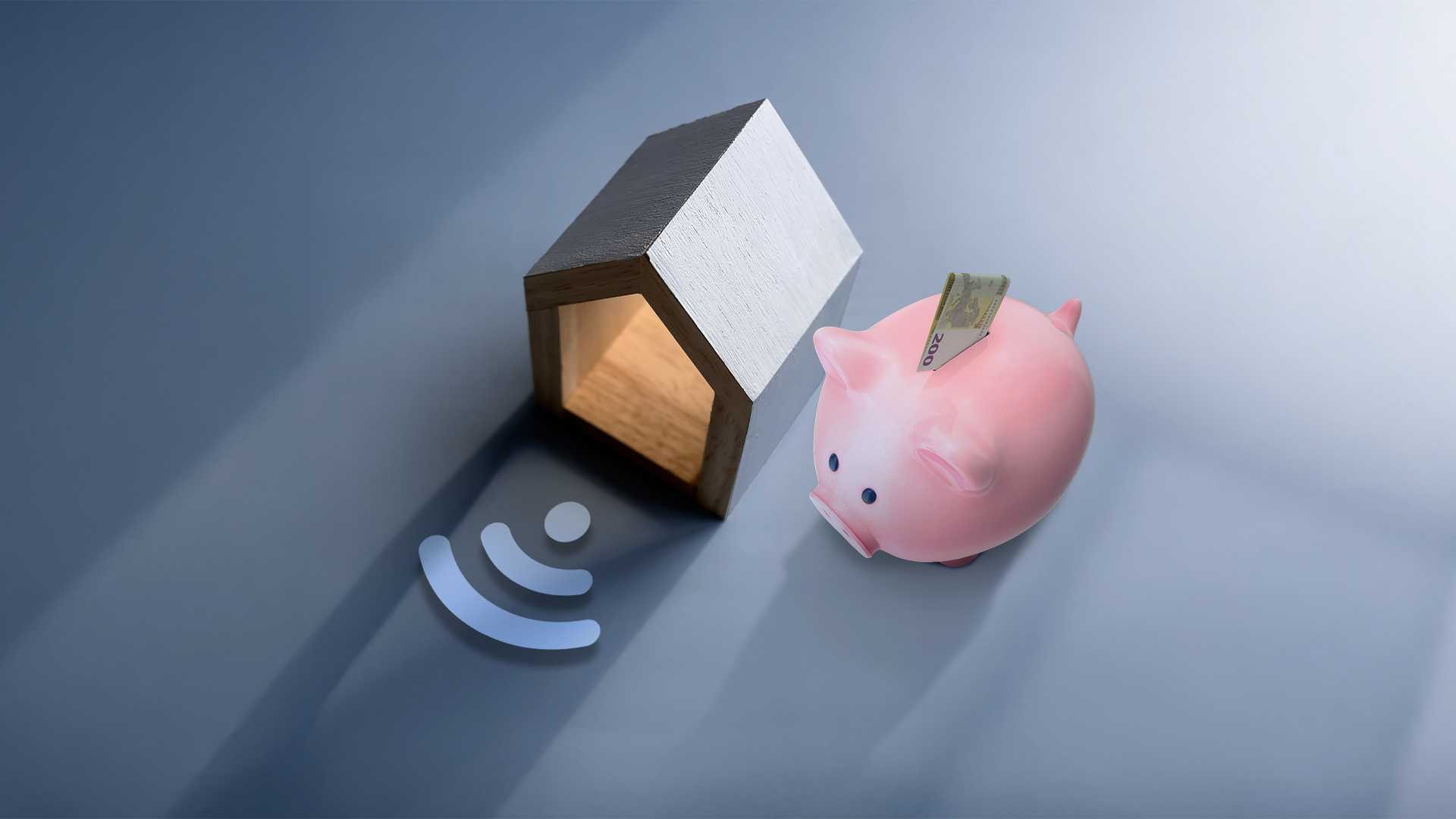
Related
5 steps to make your smart home more sustainable without buying anything new
You can do a lot with what you already have
Practical ways to build a routine-first smart home
If you’re convinced that a routine-centered approach is the way to go, here are some practical tips for building a smarter smart home with purpose.
Start with one or two meaningful routines
Identify the daily moments where automation would simplify your life and focus on automating a routine, not individual tasks. Morning or bedtime are great candidates.
Prioritize compatibility and platform-agnostic tools
Choose devices that work across ecosystems or with a standard hub. Platform-agnostic gear extends the lifespan of your smart home and protects you from vendor lock-in.
Look for products that support open standards (such as Matter, Zigbee, or Z-Wave) or integrate with your chosen ecosystem (Alexa, Apple HomeKit, or a dedicated hub like Home Assistant).
Choose devices based on automation potential
When evaluating a new smart device, ask how it will work in your routines. Devices that support scheduling, sensor triggers, voice, and API integration are gold. Avoid one-trick ponies. Gadgets that only work via their app don’t play nice with others.
Leverage scenes and groups
Scenes are building blocks that make it easier to construct routines without micromanaging dozens of devices every time. A routine can activate a scene, simplifying the complexity behind the scenes (no pun intended).
For example, set up a scene for movie night that dims all the living room lights and turns on the TV backlight, or group all the downstairs lights that you can turn off in one go.
Document your setup
Keep a cheat sheet of your smart home’s routines and how to tweak them as your home grows. This helps you remember the logic you set up and is helpful for smart home troubleshooting when something doesn’t work as expected.
Let your routines shape your smart home experience
A smart home shouldn’t rely on gadget count. It’s where technology fades into the background to choreograph daily routines.
If you feel ambitious, take it a step further and try advanced automations. AI chatbots make building custom logic, setting up conditional triggers, and syncing multiple devices easier.
